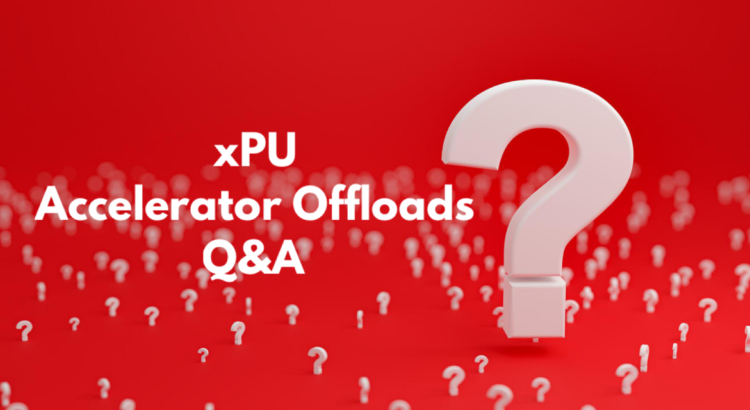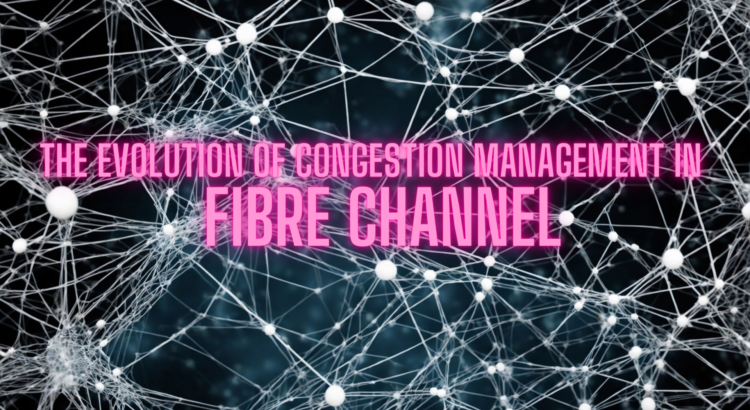
The Evolution of Congestion Management in Fibre Channel
The Fibre Channel (FC) industry introduced Fabric Notifications as a key resiliency mechanism for storage networks in 2021 to combat congestion, link integrity, and delivery errors. Since then, numerous manufacturers of FC SAN solutions have implemented Fabric Notifications and enhanced the overall user experience when deploying FC SANs.
On August 27, 2024, the SNIA Data, Networking & Storage Forum is hosting a live webinar, “The Evolution of Congestion Management in Fibre Channel,” for a deep dive into Fibre Channel congestion management. We’ve convened a stellar, multi-vendor group of Fibre Channel experts with extensive Fibre Channel knowedge and different technology viewpoints to explore the evolution of Fabric Notifications and the available solutions of this exciting new technology. You’ll learn: Read More




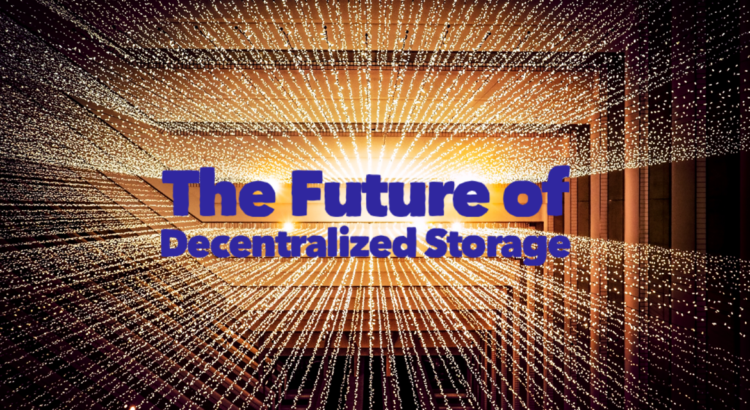
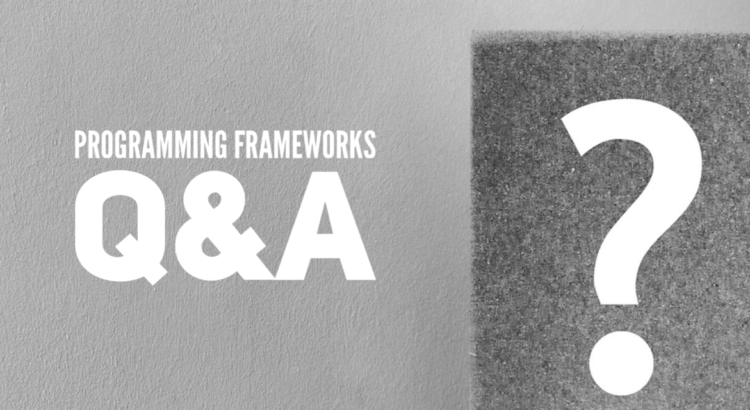
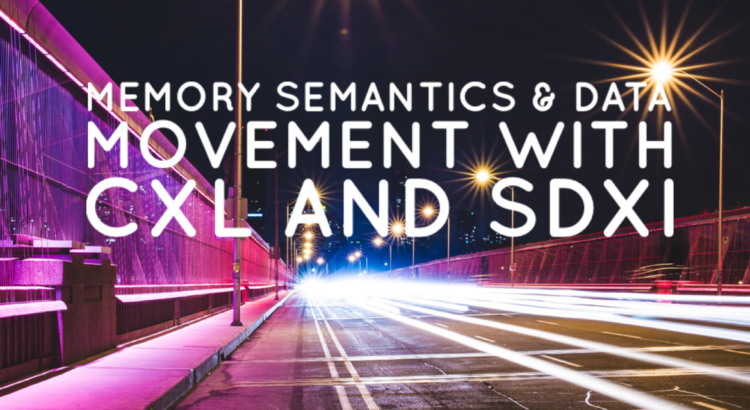
 (CXL
(CXL